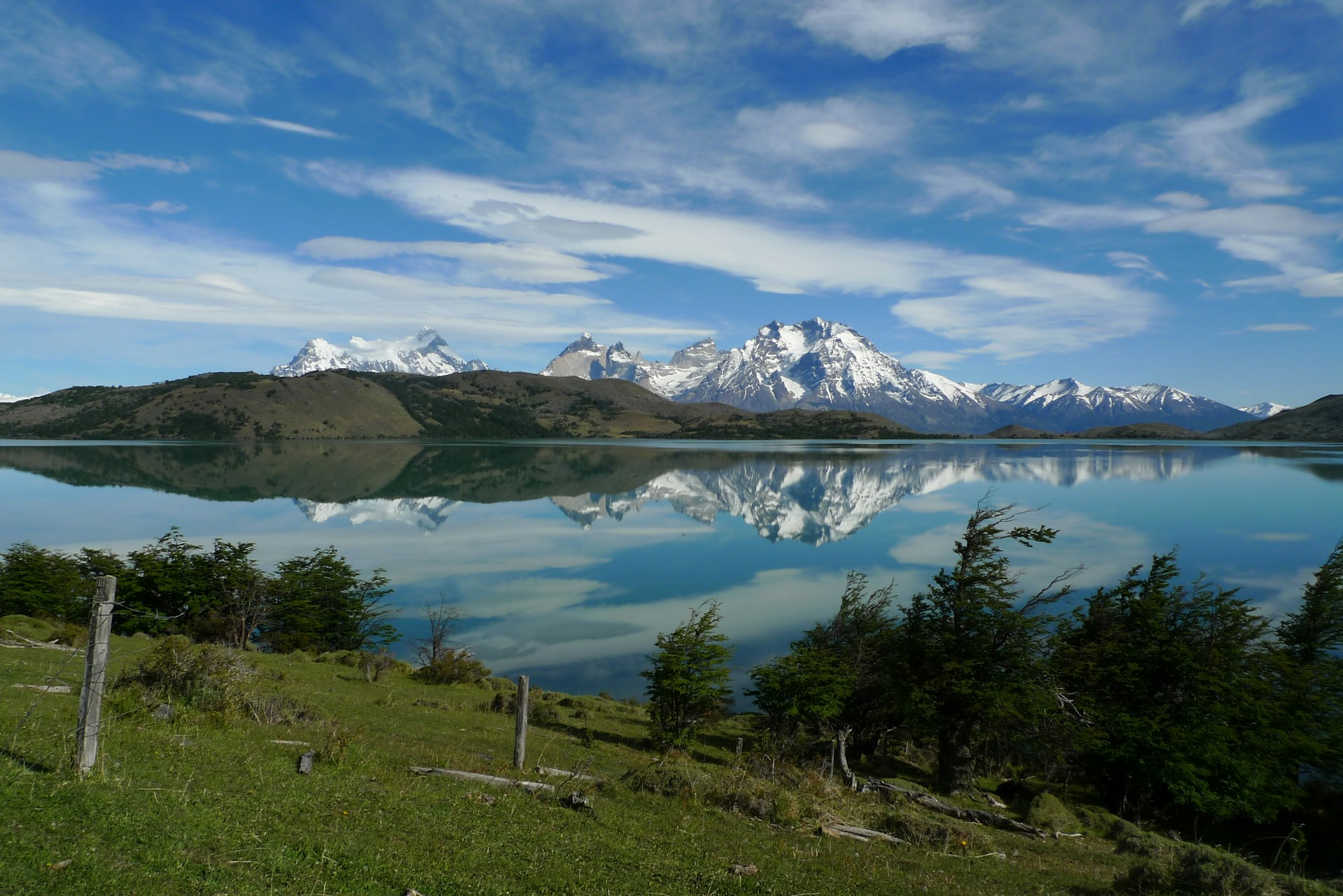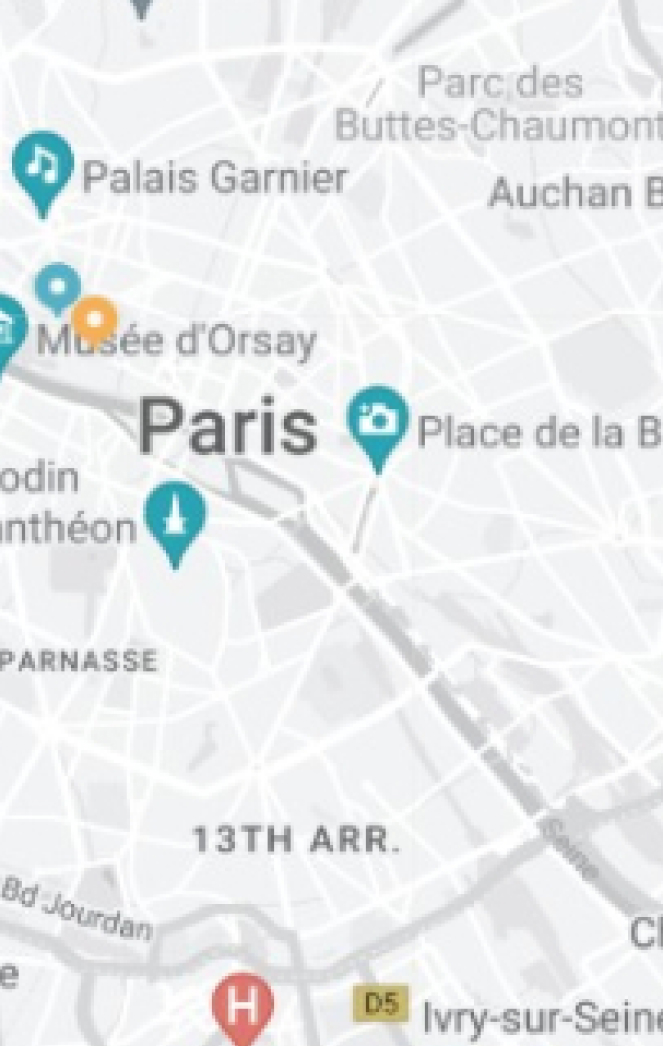Known For
Famous for its granite peaks, turquoise lakes, and diverse wildlife. Ideal for hiking, camping, and wildlife spotting.
Torres del Paine National Park
Visit Grey Glacier and the Southern Patagonian Ice Field with options for boat tours and ice trekking.
Glaciers
Explore rugged landscapes, remote villages, and wildlife like penguins and sea lions through hiking and kayaking.
Tierra del Fuego
Drive or bike along this scenic highway, passing fjords, mountains, and forests with stops at natural wonders.
Carretera Austral
Enjoy trekking, kayaking, fly fishing, horseback riding, and mountaineering in Patagonia’s wild terrain.
Adventure Sports
Cruise through fjords to see whales, dolphins, and sea lions amidst stunning coastal scenery.
Fjords and Marine Life
Get up close to one of the largest Magellanic penguin colonies in their natural habitat.
Magdalena Island Penguins
Kayak through surreal blue marble caves on General Carrera Lake.
Capillas de Mármol
Hike to the Hanging Glacier (Ventisquero Colgante) and explore lush temperate rainforests.
Queulat National Park
Relax in natural thermal baths like Puyuhuapi, surrounded by Patagonia’s breathtaking landscapes.

 Accounts
Accounts
 Travel Goals
Travel Goals
 Saved
Saved
 Subscription
Subscription
 Currency
Currency
 Settings
Settings
 Sign out
Sign out


 Burna.Boy@gmail.com
Burna.Boy@gmail.com


































